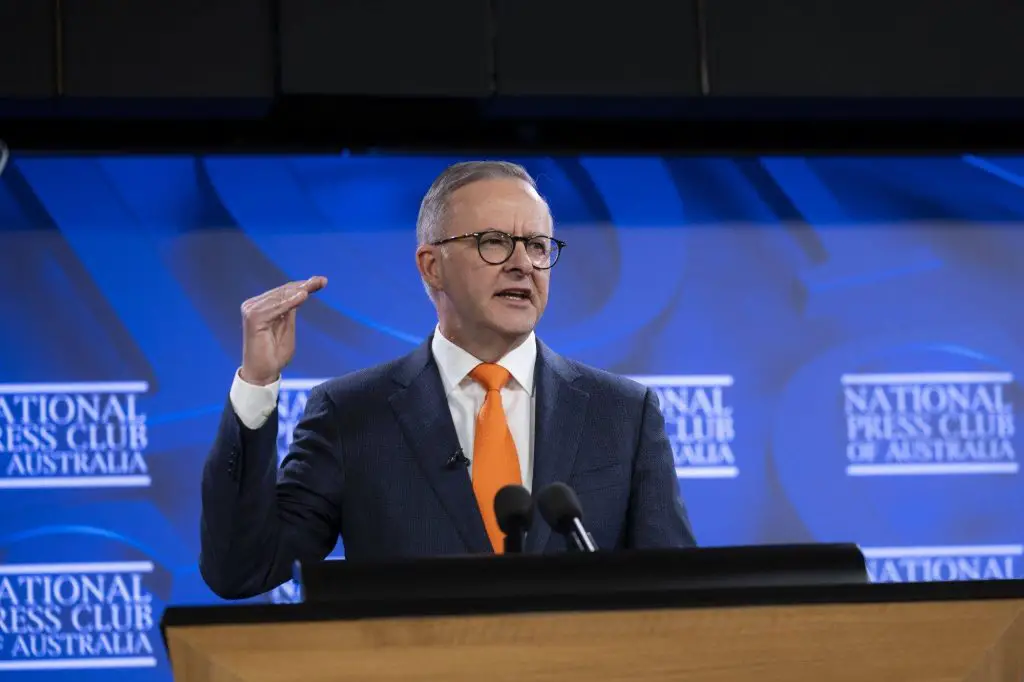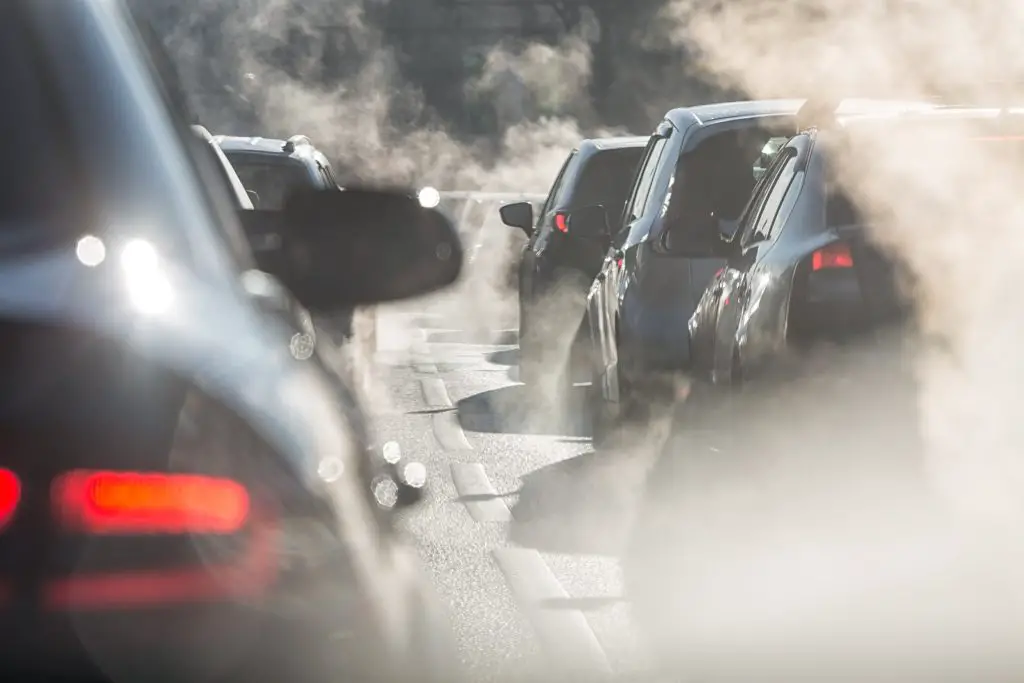Carbon Emissions and sustainability of Australia
Australia is on pace to achieve its 2020 goal, Reducing Australia’s carbon emissions but it may have trouble doing so in 2030. To accomplish this goal, we must first identify the sources of our emissions and then implement regulations that effectively mitigate those emissions.
We need to know the source of our pollution.
With the use of Nationwide Greenhouse Gas Accounting, the Australian government monitors the country’s output of climate-altering gases including carbon dioxide and methane. Each quarter, the Australian government’s Department of Environment and Energy releases an update on the country’s carbon dioxide emissions.

As of the most current Quarterly Update in May of this year, Australia has emitted 535.7 Mt CO2-e, which is the measure used to quantify emissions from fossil fuels. The following industries contributed to these emissions:
Policies in place to combat climate change in Australia
Emission reductions in each of the aforementioned fields are necessary if we are to achieve the global climate goals we have set. Nonetheless, it has been difficult to find bipartisan consensus on the best ways to accomplish these cuts. In Australia, climate policy is a highly charged political topic that has divided the country. Despite several failed attempts to create an emissions trading plan, in 2012, the ALP-led government established a carbon pricing mechanism. The ‘carbon tax,’ however, was rescinded in 2014 by the Abbott Government. In its place, the Australian government has made the Emissions Reduction Fund (ERF) the centerpiece of its current initiatives to reduce emissions of greenhouse gases.

The government is counting on the ERF and other programs to help them accomplish their climate goal of lowering GHG emissions by the year 2030. (see Figure 1). The goals of these regulations are to lower emissions, improve energy production, and encourage the use of renewable sources of power.
Some have questioned whether these policies and the ERF, in particular, are enough to reach our 2030 objective, especially as many of them do not seem to have sufficient money at the present time.
Australia’s emissions trading plan and the measures Australia should enact to satisfy the Paris climate accord are now under review by the Climate Change Authority (described below). By the end of August 2016, the Authority plans to release its findings on these matters.
The Fund for Cutting Emissions
Businesses, landowners, and communities may all benefit monetarily by participating in the ERF, which is a voluntary arrangement. Through an auction mechanism managed by the Clean Energy Regulator, the government acquires carbon credit units (ACUs) representing reductions in greenhouse gas emissions under the ERF. All projects must be approved by the Clean Energy Regulator and registered with the ERF before they can take part in (or place a bid at) an ERF auction.

At an average price of $12.10 per tonne, 143 million tonnes of CO2-e in emissions reductions have been purchased in three ERF auctions so far. Over $1.7 billion, or roughly two-thirds, of the $2.55 billion allotted to the ERF has already been spent, leaving $816 million unspent. It seems that the ERF will “be evaluated in future budgets” for further financing.
So far, the ERF has provided funding for a wide variety of emission reduction initiatives. Initiatives like this range from efforts to restore native forests and replant native plants to the generation of electricity from landfill gas. One such initiative is Melbourne’s plan to replace its inefficient street lights with more energy-efficient bulbs.
However, the ERF has been criticized for being an ineffective means of cutting down on carbon emissions because of claims that the government is compensating polluters for emissions reductions that would have occurred regardless of the scheme’s existence. The Climate Change Authority found in a 2014 assessment that the ERF plan “is unlikely to generate sufficient emissions reductions to fulfill even Australia’s minimal 2020 objective” as it is presently financed.
The safeguard mechanism’ is built into the ERF to prevent the gains made in one area of emissions reduction from being nullified by increases in another area. After being put into operation on July 1, 2016, the safeguard mechanism encourages major companies to maintain or decrease their emissions relative to their baseline. Emitters having yearly emissions of above 100,000 tonnes of CO2 equivalent are included in the mechanism. Many have voiced concerns about the effectiveness of the system, while others have said it might serve as the foundation for an emissions trading plan. In 2017, we will take a look at the mechanism to see whether it needs any adjustments.
Productivity in the Use of Energy
The Government is counting on the National Energy Productivity Plan (NEPP), which seeks to increase energy productivity by 40% between 2015 and 2030, to help us reach our emissions reduction goal by 2030. Energy productivity is the result of fusing innovative technologies and services with more conventional methods of reducing energy use (such as smart appliances and solar power). More productive customer options and energy services are at the heart of NEPP’s mission.
Among the NEPP’s proposed changes are increased standards for energy ratings and disclosure in residential buildings and more fuel-efficient vehicle standards. Greenhouse gas emissions from transportation, agriculture, industry, and power might all be lowered as a consequence of the NEPP.
Over a quarter of the reductions in emissions needed to reach our 2030 goal are expected to come from the NEPP, according to the government. As of July 2016, however, it seems that there is not enough money set aside to carry out this strategy.





